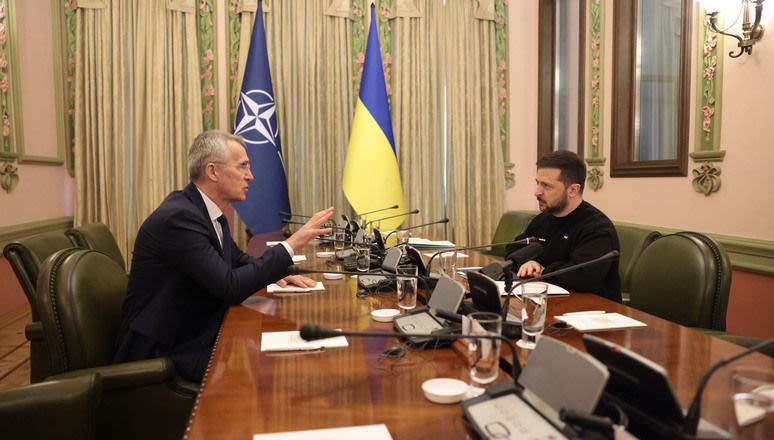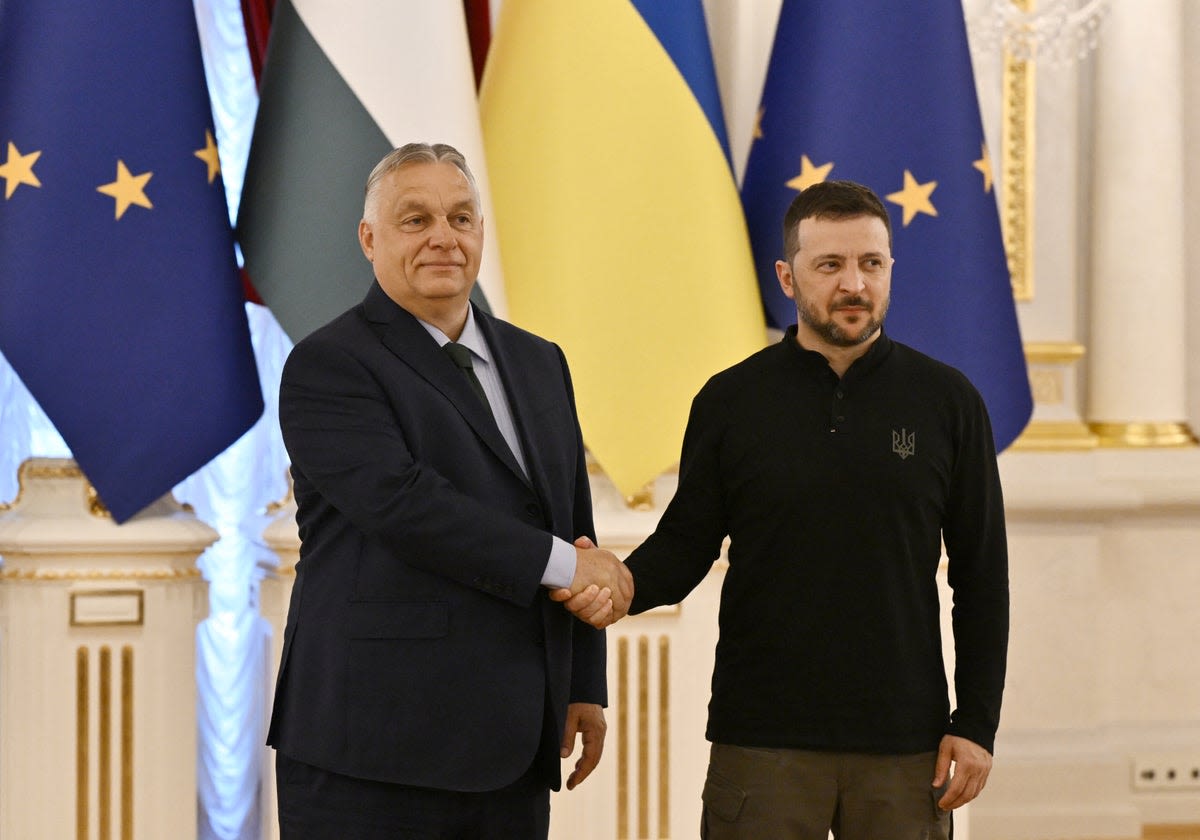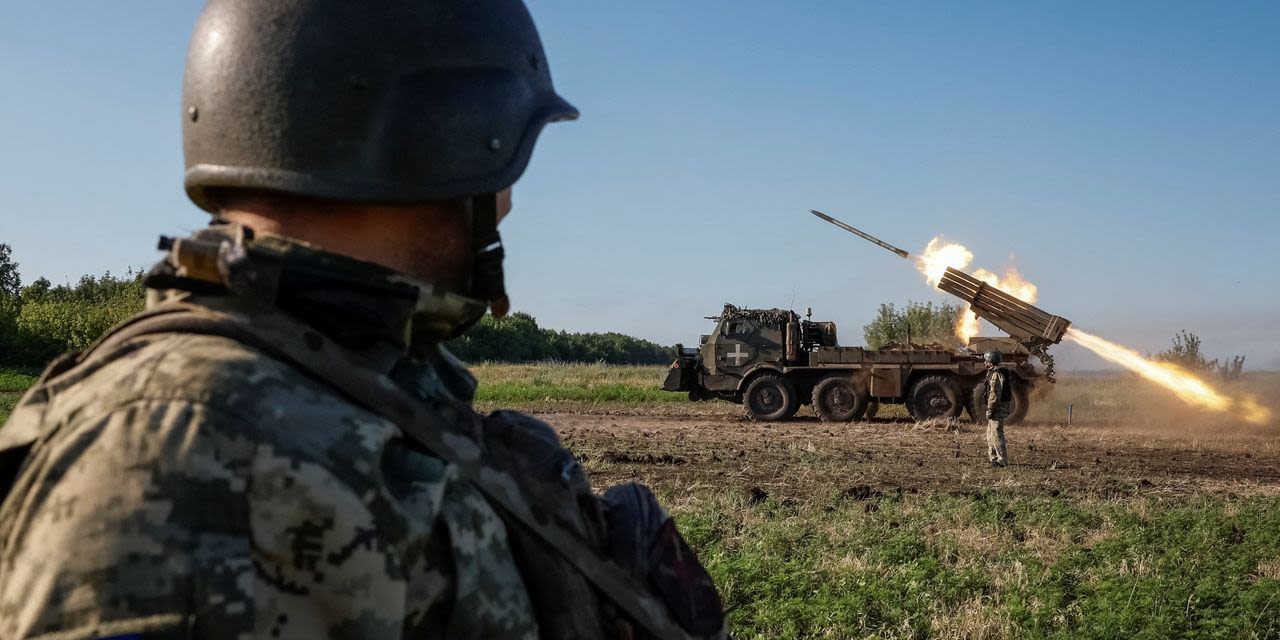Search results
NATO Meaning Abbreviations Explore the diverse meanings of NATO abbreviation, including its most popular usage as "North Atlantic Treaty Organization" in Military contexts. This page also provides a comprehensive look at what does NATO stand for in other various sectors such as Army, as well as related terms and more.
- Slang
Unlock a comprehensive list of 30k Slang acronyms and...
- Treaty
Discover Treaty Abbreviations: Dive deeper into a...
- Russia
Unlock a comprehensive list of 5.6k Russia acronyms and...
- Organization
Unlock a comprehensive list of 24k Organization acronyms and...
- Technology
Discover Technology Abbreviations: Dive deeper into a...
- Military
Discover Military Abbreviations: Dive deeper into a...
- War
Unlock a comprehensive list of 33k War acronyms and...
- America
Unlock a comprehensive list of 24k America acronyms and...
- Talk Only
Related abbreviations. Explore abbreviations related to NATO...
- NATO
What does NATO stand for? NATO stands for No Action,...
- Slang
News about NATO, Ukraine, Russia
- Overview
- Historical background
- Organization
The North Atlantic Treaty Organization (NATO) is a military alliance originally established in 1949 to create a counterweight to Soviet armies stationed in central and eastern Europe after World War II. When the Cold War ended, NATO was reconceived as a “cooperative-security” organization.
What does NATO stand for?
NATO is an acronym for North Atlantic Treaty Organization.
How many countries are in NATO?
Currently 31 countries are members of NATO.
Which countries are in NATO?
After World War II in 1945, western Europe was economically exhausted and militarily weak (the western Allies had rapidly and drastically reduced their armies at the end of the war), and newly powerful communist parties had arisen in France and Italy. By contrast, the Soviet Union had emerged from the war with its armies dominating all the states of central and eastern Europe, and by 1948 communists under Moscow’s sponsorship had consolidated their control of the governments of those countries and suppressed all noncommunist political activity. What became known as the Iron Curtain, a term popularized by Winston Churchill, had descended over central and eastern Europe. Further, wartime cooperation between the western Allies and the Soviets had completely broken down. Each side was organizing its own sector of occupied Germany, so that two German states would emerge, a democratic one in the west and a communist one in the east.
Special offer for students! Check out our special academic rate and excel this spring semester!
Learn More
In 1948 the United States launched the Marshall Plan, which infused massive amounts of economic aid to the countries of western and southern Europe on the condition that they cooperate with each other and engage in joint planning to hasten their mutual recovery. As for military recovery, under the Brussels Treaty of 1948, the United Kingdom, France, and the Low Countries—Belgium, the Netherlands, and Luxembourg—concluded a collective-defense agreement called the Western European Union. It was soon recognized, however, that a more formidable alliance would be required to provide an adequate military counterweight to the Soviets.
Spurred by the North Korean invasion of South Korea in June 1950 (see Korean War), the United States took steps to demonstrate that it would resist any Soviet military expansion or pressures in Europe. Gen. Dwight D. Eisenhower, the leader of the Allied forces in western Europe in World War II, was named Supreme Allied Commander Europe (SACEUR) by the North Atlantic Council (NATO’s governing body) in December 1950. He was followed as SACEUR by a succession of American generals.
The North Atlantic Council, which was established soon after the treaty came into effect, is composed of ministerial representatives of the member states, who meet at least twice a year. At other times the council, chaired by the NATO secretary-general, remains in permanent session at the ambassadorial level. Just as the position of SACEUR has always been held by an American, the secretary-generalship has always been held by a European.
- David G. Haglund
Jul 10, 2023 · Europe’s largest war since NATO was formed 74 years ago has revived the grouping, returning it to its Cold War roots as a war-fighting alliance. It has also raised vexing questions about ...
Mar 27, 2022 · NATO's Article 5 spells out its key principle of collective defense: If any member of the alliance is attacked, it shall be considered an attack on all members. And if such an armed attack does ...
- Laurel Wamsley
NATO is listed in the World's most authoritative dictionary of abbreviations and acronyms. NATO - What does NATO stand for? The Free Dictionary. https://acronyms ...
Culture NATO was originally formed by 12 countries in 1949 to defend Europe and North America against what was seen as the threat of Soviet attack after the Second World War. They agreed that an armed attack against one or more of them should be considered an attack against them all, and set up military bases all over Europe to protect ...
www.nato.int The North Atlantic Treaty Organization is one of the world’s major international institutions. It is a political and military alliance that brings together 32 member countries from Europe and North America. These countries meet to cooperate in the field of security and defence. In this respect, NATO





